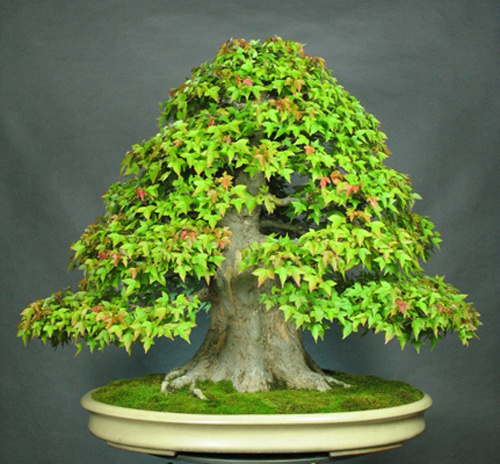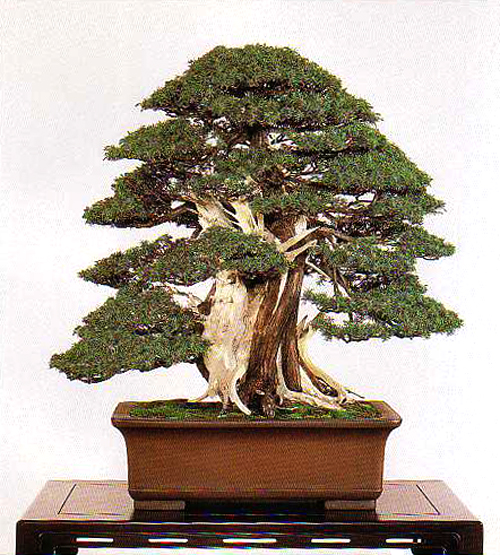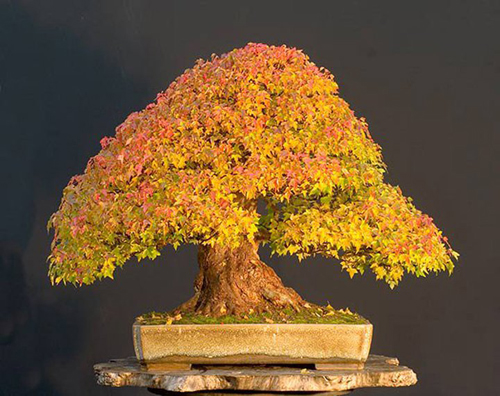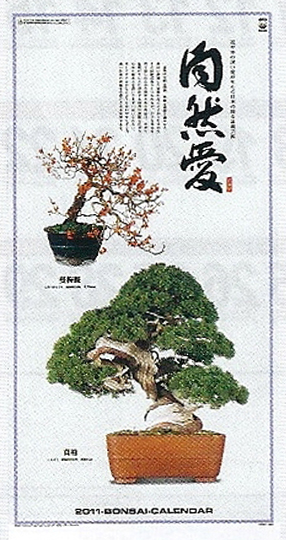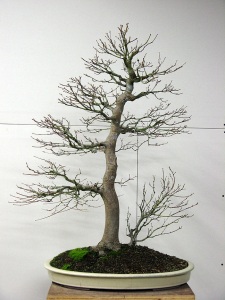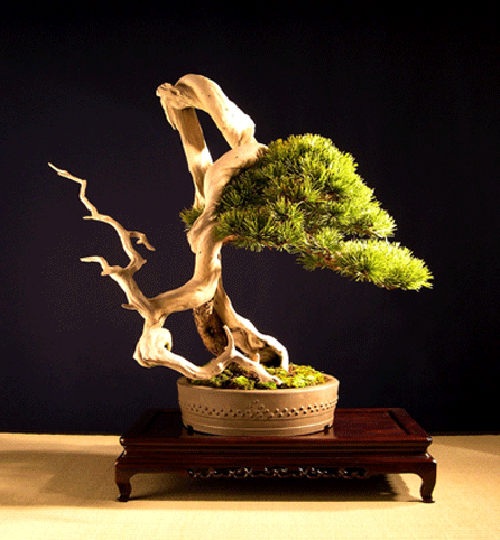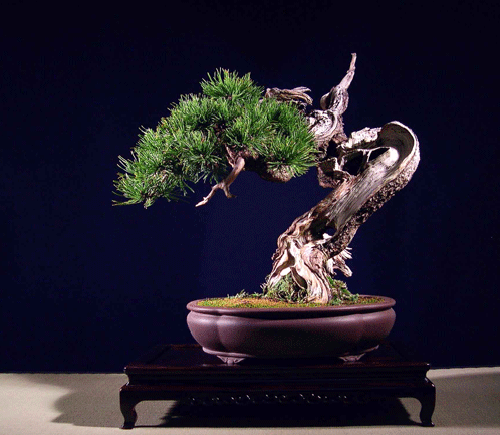Source: Bonsai Tonight
Tropical bonsai at the National Bonsai and Penjing Museum
The National Bonsai and Penjing Museum in Washington D.C. contains a number of bonsai that need far more warmth and humidity than D.C. winters can provide. They are housed in a greenhouse at the museum where they are currently thriving despite the impending cold weather. I’ve included photos of several below along with a few trees from the North American and Chinese Collections.
As
before, the photos are presented in order of number of years in training, beginning with the longest in training. The banyan below has been in training since 1906.

Ficus microcarpa – Chinese Banyan. In training since 1906. Donated by Shu-ying Lui. Chinese Collection.
Crataegus laevigata – English Hawthorn. In training since 1953. Donated by Bertram F. Bruenner. North American Collection.
Bougainvillea glabra – Bougainvillea. In training since 1969. Donated by James J. Smith. North American Collection.
Ficus microcarpa ‘Retusa’ – Chinese Banyan. In training since 1971. Donated by Mike Uyeno. North American Collection.
Schinus terebinthifolius – Christmas Berry. In training since 1973. Donated by Edward Nakanishi. North American Collection.
Conocarpus erectus – Buttonwood. In training since 1975. Donated by Mary Madison. North American Collection.
Acer buergerianum – Trident Maple. Donated by Stanley Chinn. Chinese Collection.
Acer buergerianum – Trident Maple. Donated by Michael Levin.
There were a number of signs that fall was upon us around the garden. Banana foliage in the Chinese Pavilion had recently been hit by frost. Elsewhere, fall colors filled the museum.
Garden at the Chinese Pavilion.
Japanese Laceleaf Maple – beautiful fall color.
Japanese Laceleaf Maple.
I’d like to thank Jack, Aarin, and the many volunteers that maintain these trees for our benefit. It’s an outstanding collection and I appreciate all of the effort that goes into its maintenance. Thanks!
Read more!












